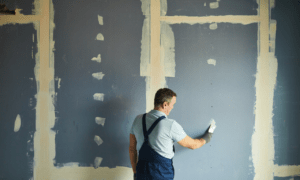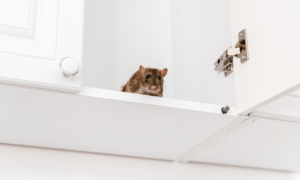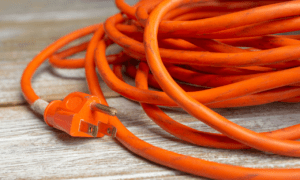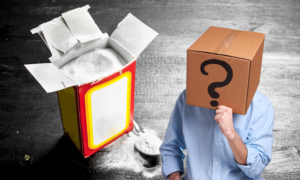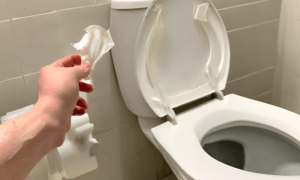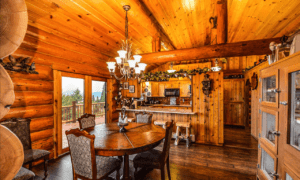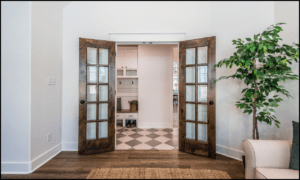Introduction
Understanding Wall Damage: Common Causes and the Importance of Timely Repairs
Walls in our homes can sustain damage over time due to various factors. These may include structural issues, wear and tear, or accidents. In this guide, we’ll explore the different types of wall damage, their causes, and why it’s crucial to address them promptly. Timely wall repairs can not only maintain the aesthetic appeal of your home but also prevent further structural issues.
Why Tackling Wall Repairs Is Essential for Maintaining a Beautiful Home
Wall repairs are more than just cosmetic enhancements. Neglecting damaged walls can lead to more extensive issues, such as moisture infiltration, weakened structures, and even mold growth. By taking a proactive approach to wall repairs, you can preserve the integrity of your home, ensuring it remains beautiful and functional.
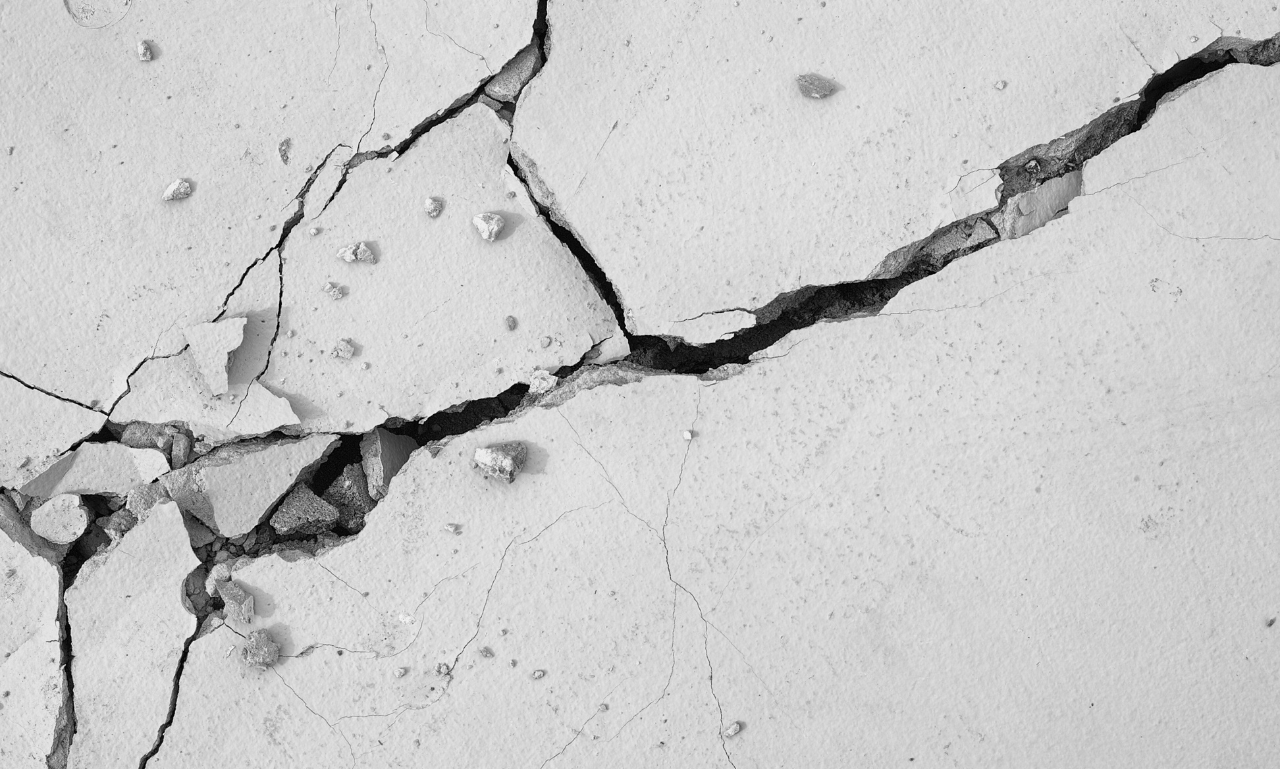
Identifying Types of Wall Damage
Exploring Various Types of Wall Damage: Cracks, Holes, Water Damage, and More
Before repairing damaged walls, it’s crucial to identify the specific issues at hand. This section will discuss various types of wall damage, including cracks, holes, water damage, and dents. We’ll delve into what causes each type of damage and the potential implications for your home. By understanding these distinctions, you’ll be better equipped to address the issues effectively.
Types of Wall Damage
- Cracks: Cracks can appear for various reasons, including settling of the house, temperature fluctuations, or structural issues. Recognizing the type of crack is vital. Hairline cracks may be minor, while larger, diagonal, or zigzag cracks may indicate more significant problems.
- Holes: Holes in your walls can result from accidental impacts or wall fixtures. Small nail holes or picture hanger holes are common and can be easily repaired. Larger holes may require patching and repainting.
- Water Damage: Water damage manifests as staining, bubbling, or peeling paint, or even sagging drywall. It’s often a sign of leaks, plumbing issues, or moisture infiltration, which can lead to structural problems and mold growth if left unaddressed.
- Dents: Dents are typically caused by impacts, such as furniture hitting the wall. They may seem minor but can affect your home’s appearance.
Recognizing Signs of Wall Damage and Its Implications
Recognizing signs of wall damage early is key to preventing more extensive issues. We’ll outline the common signs associated with different types of wall damage, allowing you to spot problems as they emerge.
- Cracks: Look for visible cracks, whether hairline or more extensive. Cracks can be accompanied by the separation of paint or plaster.
- Holes: Check for small holes left from nails, screws, or wall anchors. Larger holes may be noticeable, often resulting from accidents or fixtures removed from the wall.
- Water Damage: Signs of water damage include discolored patches, bubbling or peeling paint, sagging drywall, or the presence of mold and mildew. These can be indicators of hidden moisture problems.
- Dents: Dents appear as depressions or indentations in the wall, often resulting from furniture impacts.
Understanding the implications of untreated wall damage is crucial. Cracks can lead to structural issues if not addressed, while water damage can foster mold growth and compromise indoor air quality. Recognizing these signs empowers you to take action promptly, ensuring the long-term health and aesthetics of your home.
By understanding the types of wall damage, their causes, and the associated signs, you can effectively assess the condition of your walls and determine the appropriate repair or restoration steps to take.
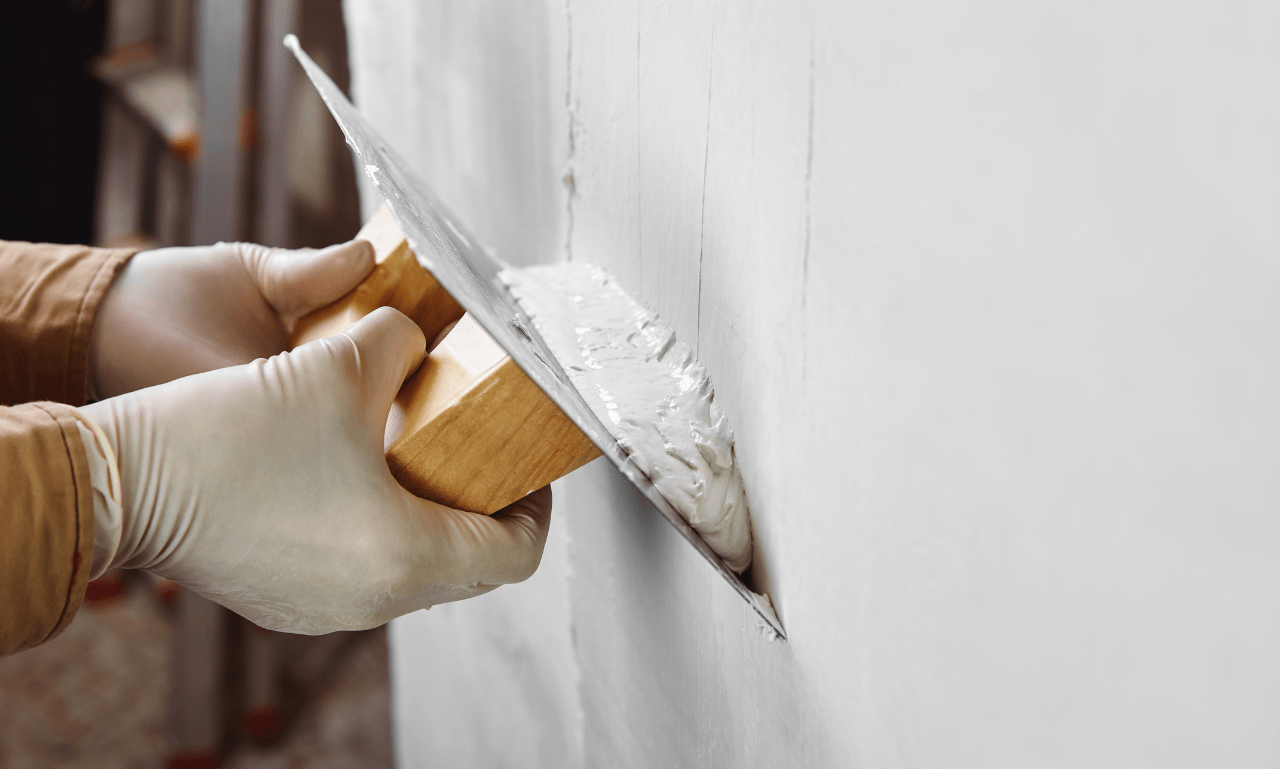
DIY Wall Repair Techniques
Step-by-Step Guide to DIY Wall Repair: Patching, Filling, and Smoothing
For minor wall damage, you can often tackle repairs on your own. In this section, we’ll provide a comprehensive step-by-step guide to DIY wall repair. By following these instructions, you can effectively address issues like small holes, cracks, and surface imperfections, restoring your walls to their pristine condition.
Step 1: Gather Your Tools and Materials
Before you begin, gather the necessary tools and materials for your DIY wall repair project. You’ll need:
- Spackling compound: This is a paste used to fill small holes and cracks.
- Putty knife: Essential for applying spackling compound and smoothing it.
- Sandpaper: Use fine-grit sandpaper to smooth the patched areas.
- Primer: Primer helps the new patch blend seamlessly with the existing wall.
- Paint: Match the paint to your wall’s color and finish.
- Paintbrush and roller: These are for applying the primer and paint.
Step 2: Prepare the Surface
Clean the damaged area to remove dust, debris, and loose paint. If there’s any loose plaster or drywall, remove it. Ensure the surface is smooth and clean before proceeding.
Step 3: Patch Small Holes
For small holes, like nail holes or dents, apply a small amount of spackling compound with a putty knife. Press it firmly to fill the hole, and then smooth the surface by scraping off any excess.
Step 4: Fill Cracks
To fill cracks, use the putty knife to spread spackling compound along the crack. Apply it generously, extending slightly beyond the crack’s edges. Smooth the surface evenly and let it dry.
Step 5: Sand and Prime
After the spackling compound has dried, sand the patched areas using fine-grit sandpaper until they are smooth and even with the surrounding wall. Apply a coat of primer to the patched areas to help the paint adhere better.
Step 6: Paint
Once the primer has dried, paint the repaired areas to match the rest of the wall. Use a paintbrush for edges and corners and a roller for larger sections. Apply multiple coats as needed to achieve an even finish.
Tools and Materials Needed for Effective Wall Repairs
To perform successful DIY wall repairs, it’s crucial to have the right tools and materials at your disposal. Here’s a detailed list:
- Spackling compound: Used to fill holes and cracks.
- Putty knife: For applying spackling compound and smoothing it.
- Sandpaper: Fine-grit sandpaper for smoothing patched areas.
- Primer: Helps paint adhere to the patched areas.
- Paint: Matching the wall’s color and finish.
- Paintbrush and roller: For applying primer and paint.
- Drywall tape: Used to reinforce large cracks or seams.
- Utility knife: For cutting drywall tape and trimming excess material.
- Sanding block: Useful for larger areas of wall repair.
- Dust mask and safety goggles: Protect your eyes and lungs when sanding.
- Drop cloth: To protect your floors from paint drips and debris.
Having these tools and materials readily available ensures that your DIY wall repairs are efficient and result in a seamless finish that blends harmoniously with your existing wall.
With these comprehensive instructions and the right tools, you can confidently address minor wall damage and achieve a professional-looking repair in your home. DIY wall repair not only saves you money but also helps maintain the aesthetics and integrity of your living space.
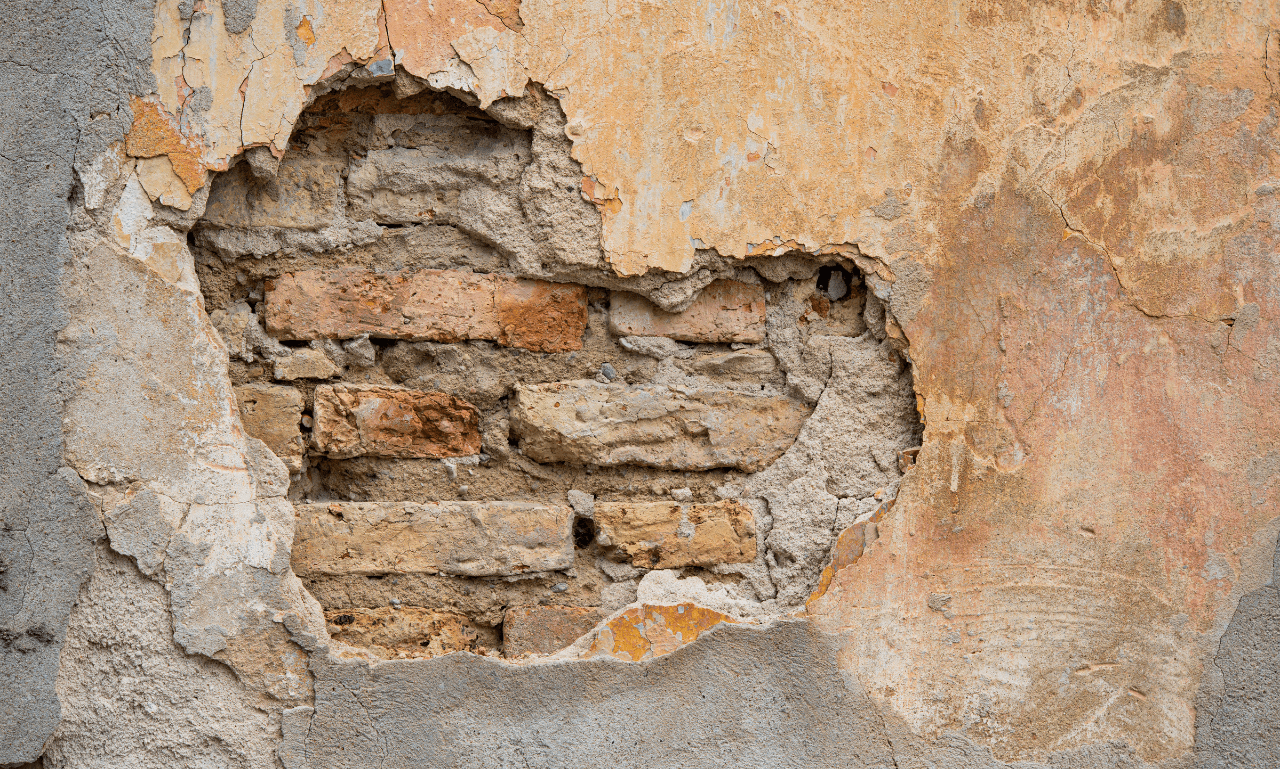
Dealing with Extensive Wall Damage
Addressing Severe Wall Damage: Structural Issues, Mold, and Professional Help
While DIY techniques work wonders for minor wall damage, it’s crucial to understand that more extensive issues may require a different approach. In this section, we’ll delve into the complexities of addressing severe wall damage, specifically concerning structural problems and the presence of mold. We’ll emphasize the indicators that signal the need for professional assistance and how experienced experts can assess and restore your walls effectively.
When to Consult a Professional for Major Wall Restoration
- Structural Issues: One of the most critical reasons to consult a professional is when structural issues are evident. Cracks, bulges, or signs of structural instability in your walls demand immediate attention. These problems could indicate underlying structural weaknesses that may compromise your home’s safety. Experienced professionals can assess the extent of the damage and recommend the necessary structural repairs to ensure the integrity of your home.
- Large-Scale Mold Infestations: Mold growth on your walls is more than a cosmetic concern; it’s a health hazard. When you notice extensive mold infestations, especially in cases of black mold, professional mold remediation experts should be contacted. Mold can be harmful to your health and can spread rapidly. Professionals have the knowledge and equipment to safely remove the mold, address its root cause, and restore your walls to a safe and healthy condition.
- Severe Water Damage: In cases of severe water damage, such as flooding or long-term leaks, professionals are essential. Prolonged exposure to water can weaken the structural integrity of your walls and lead to mold growth. Professional restoration specialists can efficiently address water damage, repair the affected areas, and prevent further deterioration.
- Specialized Expertise: Professionals bring specialized knowledge and experience to the table. They can accurately diagnose the issues, provide tailored solutions, and ensure that all necessary repairs and remediation are conducted to the highest standards. This level of expertise is crucial for restoring your walls effectively and safely.
Conclusion
Empowering Homeowners with the Knowledge and Skills to Tackle Wall Repairs
In conclusion, this comprehensive guide has equipped homeowners with the necessary knowledge and skills to address wall damage effectively. Whether dealing with minor cosmetic issues or major structural concerns, understanding the types of damage and repair techniques empowers you to maintain the integrity and beauty of your home.
Achieving a Fresh and Pristine Look for Your Home with Proper Wall Maintenance
By taking action to repair damaged walls, you not only enhance your home’s appearance but also create a safer and more comfortable living environment. The importance of timely wall repairs cannot be overstated, and with the information provided in this guide, you’re well-prepared to keep your home looking fresh and pristine.
If you’re interested in enhancing your outdoor view, A Peek Beyond the Fence: Tips for Looking Over a Fence offers valuable insights into creating a more open and inviting space.






